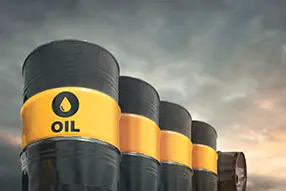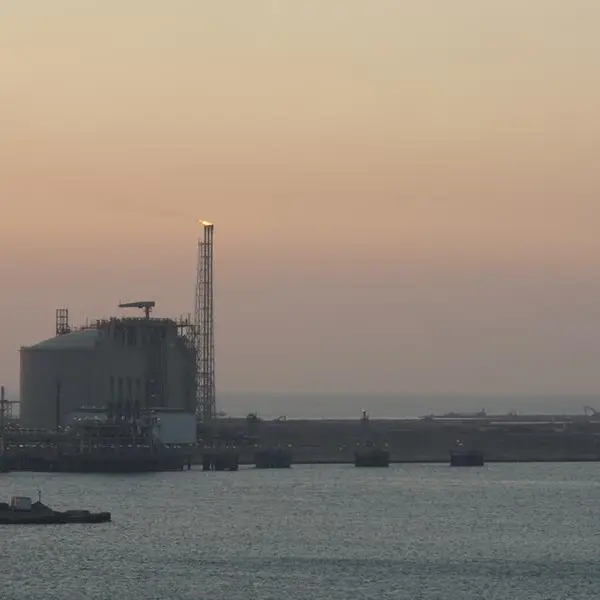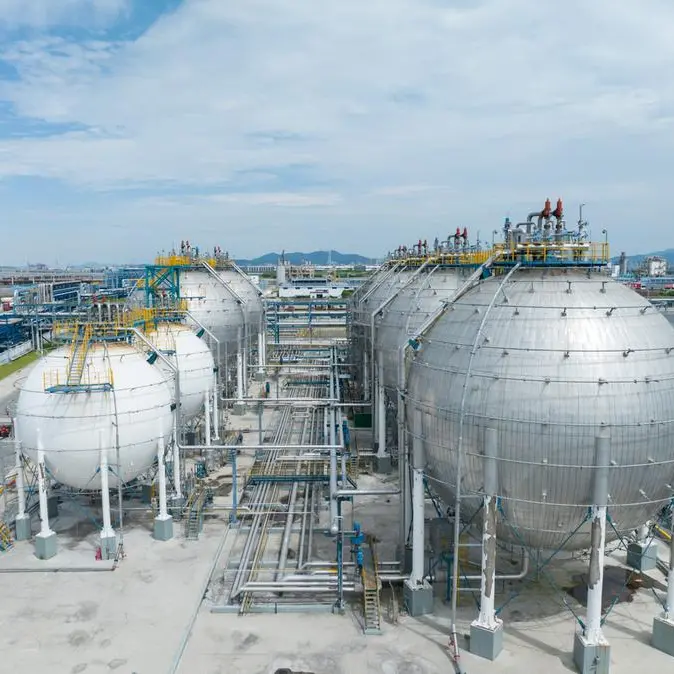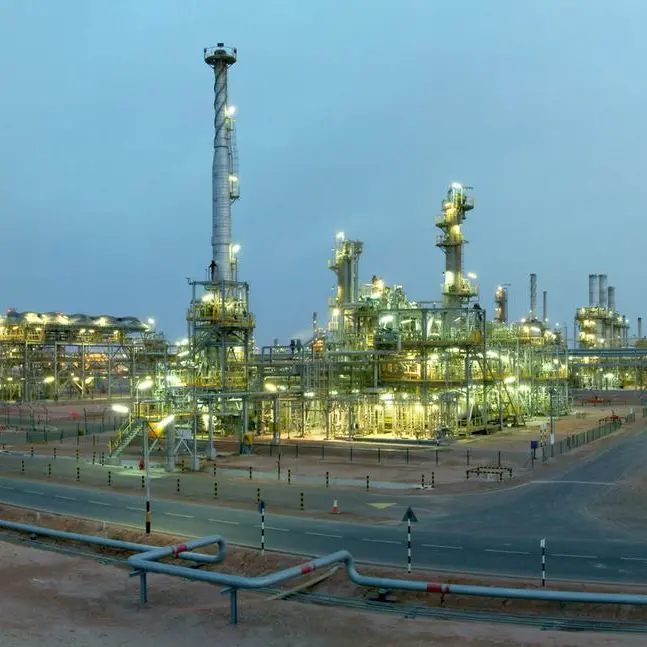PHOTO
Oil prices continued to remain volatile at the start of 2023 and went below the $80 per barrel mark after steep declines on the first two consecutive days at the start of the year.
Record oil supply of 101.1 million barrels per day in 2023 will not meet surging global demand, leading to a significant shortfall in availability by the end of 2023, according to the International Energy agency.
In its latest forecast, the IEA has projected demand to rise by 1.9 million barrels per day to 101.7 million barrels per day (bpd) this year, an upgrade from its previous forecast for a 1.7 million bpd increase, and supply to increase by one million bpd to 101.1 million bpd. These compare with respective forecasts of 101.6 million bpd and 100.8 million bpd made in December.
The Paris-based EIA significantly lowered its price forecast for Brent crude oil for 2023 and 2024. The agency in its short term energy outlook lowered Brent price forecast to $83.1 per barrel for 2023 versus its previous forecast of $92.3 per barrel. This compares to the 2022 average price of $100.94 per barrel i.e. a decline of 18 per cent in 2023. The forecast for 2024 was further lower at $77.57, a y-o-y decline of 6.6 per cent. In terms of monthly trend, Brent crude averaged at $80.4 during December-2022 after witnessing a monthly decline of 11.8 per cent, the biggest decline since April-2020. The decline in Opec crude basket was similar at 11.2 per cent to average at $79.7 per barrel.
According to Kamco Invest, oil prices continued to remain volatile at the start of 2023 and went below the $80 mark after steep declines on the first two consecutive days at the start of the year that resulted in a weekly decline of 8.5 per cent during the first week of the year. The decline was led by fears of an economic slowdown after several warnings of a recession in 2023 due to a slowdown in the US, the EU and China.
The IEA’s monthly Oil Market Report (OMR) forecast shows supply outstripping demand by nearly one million bpd in the current quarter and in the second quarter again marginally, before a flip. Demand in the third and fourth quarters will be 1.6 million bpd and 2.4 million bpd, respectively, above supply, it said. The IEA cautioned that the timing and pace of a Chinese demand recovery and of Russian supply resilience will affect its forecasts.
The former is surrounded by even more uncertainty than usual but the IEA doubts there will be a big upward revision given a "persistently dim macroeconomic outlook" in the country. But China will overtake India to become the leader in oil demand growth, the IEA added, slightly raising its full-year forecast for that to 850,000 b/d.
Around 75 per cent of the rise in 2023 demand comes from non-OECD regions. Growth in developed regions will be just 470,000bpd, down from 1.1 million bpd in 2022. The IEA said OECD demand in the final three months of last year fell by 910,000bpd on the year.
The IEA upgraded its projection for supply growth by 230,000 bpd from its December OMR, fuelled by producing regions outside the Opec+ group. The US, Brazil, Norway, Canada and Guyana will all contribute to a 1.9 million bpd rise in supply from outside the producer alliance. Opec+ supply will fall by 870,000 bpd because of restrictions on Russia. Excluding that country, Opec+ supply will rise by 460,000 bpd.
The IEA called Russia a wild card, noting that production merely dipped in December when the EU import ban and G7-led price cap came into force. But it said this will change after the EU bans imports of Russian refined products in early February, when Moscow's apparent move to increase refinery throughput and store significant amounts of oil will be challenged.
The IEA forecasts that around 1.6 million bpd of Russian production will be shut in by the end of the first quarter, compared with pre-war levels, and this will reduce output to 9.7 million bpd in 2023, down by 1.3 million bpd from 2022.
According to the IEA, global stocks rose sharply by 79.1 million barrels in November to the highest in 13 months buoyed by the amount of oil on the water as Russian exports were diverted further afield.
Copyright © 2022 Khaleej Times. All Rights Reserved. Provided by SyndiGate Media Inc. (Syndigate.info).






















